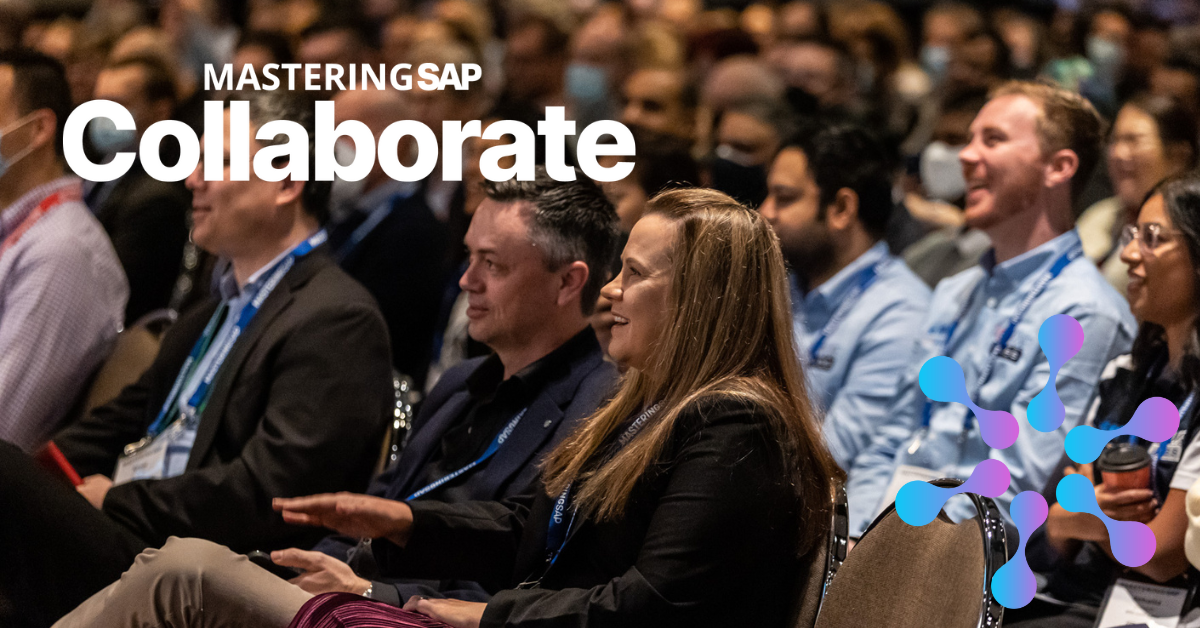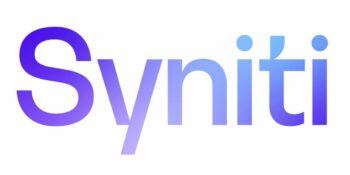SAP Cloud Migration
Filter By
Browse By
- SAP Analytics and AI
- SAP Application Development and Integration
- All SAP Application Development and Integration
- SAP ABAP
- SAP ABAP Development Tools
- SAP ABAP Test Cockpit
- SAP API Management
- SAP BAPI
- SAP Basis
- SAP BRF
- SAP Business Application Studio
- SAP CMS
- SAP Design Studio
- SAP Development Tools
- SAP DevOps
- SAP EAI
- SAP EDI
- SAP Extension Suite
- SAP Fiori
- SAP Fiori Elements
- SAP Integration Suite
- SAP Low Code Application Development
- SAP Low Code Automation
- SAP Netweaver
- SAP Release Management
- SAP UI5
- SAP Web Application Server
- SAP Web IDE
- SAP Business Process Management
- SAP Center of Excellence
- SAP CIO
- SAP Customer Experience
- SAP Data and Data Management
- All SAP Data and Data Management
- SAP BW
- SAP BW/4HANA
- SAP Crystal Reports
- SAP Data Archiving
- SAP Data Center
- SAP Data Governance
- SAP Data Integration
- SAP Data Migration
- SAP Data Quality
- SAP Data Services
- SAP Data Strategy
- SAP Data Visualization
- SAP Data Warehouse Cloud
- SAP DMS
- SAP Document Control
- SAP EIM
- SAP ETL
- SAP ETL Tools
- SAP HANA
- SAP HANA Administration
- SAP HANA Deployment Infrastructure
- SAP HANA Studio
- SAP Master Data
- SAP Master Data Governance
- SAP MDM
- SAP Enterprise Architect
- SAP Enterprise Asset Management
- SAP ERP
- SAP Finance
- All SAP Finance
- SAP Accounting
- SAP AR AP
- SAP Asset Accounting
- SAP Billing Systems
- SAP BPC
- SAP BRIM
- SAP Cash Management
- SAP Central Finance
- SAP Controlling
- SAP COPA
- SAP Cost Center Accounting
- SAP e-invoicing
- SAP FICO
- SAP Finance Automation
- SAP Financial Closing Cockpit
- SAP Financial Consolidation
- SAP Financial Planning
- SAP FX Risk
- SAP General Ledger
- SAP Global Tax Management
- SAP Hyperion
- SAP Order to Cash
- SAP Payment Processing
- SAP Profitability Analysis
- SAP Rebate Management
- SAP S/4HANA Finance
- SAP Universal Journal
- SAP Governance Risk and Compliance
- SAP Human Capital Management
- SAP Intelligent Technologies
- SAP Platform and Technology
- All SAP Platform and Technology
- SAP Business Technology Platform
- SAP Cloud Connector
- SAP Cloud Integration Platform
- SAP Cloud Migration
- SAP Cloud Platform
- SAP Cloud Providers
- SAP Cloud Strategy
- SAP Container Platform
- SAP Digital Asset Management
- SAP Digital Integration Hub
- SAP Digital Signature
- SAP HANA Enterprise Cloud
- SAP HEC
- SAP Hyperscalers
- SAP Infrastructure
- SAP Messaging
- SAP Smart Forms
- SAP Quality and Testing
- SAP Security
- SAP Spend Management
- SAP Supply Chain Management
- All SAP Supply Chain Management
- SAP APO
- SAP Asset Management
- SAP Business Network
- SAP Digital Manufacturing Cloud
- SAP Digital Twin
- SAP EWM
- SAP IBP
- SAP Inventory Management
- SAP Label Printing
- SAP Logistics
- SAP Manufacturing
- SAP Manufacturing Automation
- SAP MES
- SAP MII
- SAP MM
- SAP MRO
- SAP MRP
- SAP Order Management
- SAP Plant Maintenance
- SAP PLM
- SAP Production Planning
- SAP S&OP
- SAP SD
- SAP SPM
- SAP Supply Chain Planning
- SAP Track and Trace
- SAP Transportation Management
- SAP System Administration
What is SAP Cloud Migration?
Moving to the cloud has become increasingly critical for SAPinsiders today as they look to replace existing hardware and infrastructure that no longer delivers the required performance. Initial moves to the cloud were largely focused on putting in place infrastructure that provided more flexibility and scalability while being able to deploy systems more quickly. Today’s SAP Cloud Migration involves integrating SAP and non-SAP systems, architecture redesign, hybrid cloud environments, and multiple cloud providers. Today’s cloud migration focus is also on increasing security while managing cost. These two requirements were the most important in 2021 research conducted by SAPinsider on moving SAP workloads to the cloud and continue to be crucial for organizations planning for long-term cloud success.
What is SAP Cloud Migration?
Moving to the cloud has become increasingly critical for SAPinsiders today as they look to replace existing hardware and infrastructure that no longer delivers the required performance. Initial moves to the cloud were largely focused on putting in place infrastructure that provided more flexibility and scalability while being able to deploy systems more quickly. Today’s SAP Cloud Migration involves integrating SAP and non-SAP systems, architecture redesign, hybrid cloud environments, and multiple cloud providers. Today’s cloud migration focus is also on increasing security while managing cost. These two requirements were the most important in 2021 research conducted by SAPinsider on moving SAP workloads to the cloud and continue to be crucial for organizations planning for long-term cloud success.
Key Considerations for SAPinsiders:
- Spend time understanding whether your SAP Cloud Migration concerns are valid. Many organizations have concerns about challenges with moving to the cloud. These include topics such as cost, security, availability, performance, and the complexity of integration. But some of the concerns may be misconceptions. Taking the time to educate teams on topics around cloud migration is an important part of the process. Just as important is understanding what your concerns are and determining how valid those concerns may be. This article by Axel Streichardt discusses some of these challenges and how SAP customers can address them to ensure cloud success.
- SAP workloads are increasingly moving to cloud environments. In research that SAPinsider conducted in the second half of 2021, 88% of respondents indicated that they are running at least some SAP workloads in the cloud. More workloads are being moved to the cloud over the next two years, particularly solutions like procurement, customer relationship management, analytics, travel and expense, and finance. The biggest factors that are part of those decisions to move are greater flexibility, the deployment mode, increased scalability, and distributed data scenarios.
- Understand what type of cloud you need to meet your organization’s requirements and what will best support them in the future. An SAP Cloud Migration can involve private cloud, public cloud, managed service providers, or some sort of hybrid landscape. Some may offer the best benefits today, while others may be needed if planning for the future. Spending the time to look at what your organization needs today and what is important for the future is a critical step in any cloud migration. This may also involve learning from what other organizations have done and why those choices were the right ones for them. In this article multiple executives were asked about their cloud choices, why they worked then, and what they have planned for the future.
907 results
-
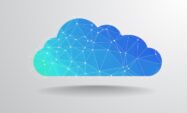
Which Cloud Skills are Needed for the SAP Cloud Transition?
Reading time: 4 mins
SAP’s primary focus has turned to The Cloud. For SAP customers, that means there are new technologies to learn and different skills required for cloud deployments. We talked with Rizing CTO Martin Stenzig about these cloud skills, and key SAP technologies such as the SAP Business Technology Platform that are important for customers moving to…
-
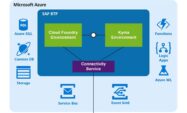
- SAP Cloud Strategy
 Premium
Premium
Embracing a Multi-Cloud Strategy with SAP BTP
Reading time: 12 mins
The SAP Business Technology Platform (SAP BTP) has been subject to several key transformations over the years. While cynics are quick to point to marketing shenanigans with all the product name changes (“SAP BTP: Now with 63% more awesomeness…”), there has absolutely been a method to SAP’s madness: openness. While many of SAP’s competitors continue…
-

Key Findings from the 2024 Cloud Security Report
Reading time: 3 mins
The 2024 Cloud Security Report highlights the challenges organizations face to increase cloud security effectiveness while reducing complexities in their daily operations.
-
-

 Premium
Premium
How to Migrate Your Current SAP BusinessObjects Access Control Deployment to Version 10.0
Reading time: 16 mins
Version 10.0 of SAP BusinessObjects Access Control comes with a revised platform and runs on an SAP NetWeaver application server ABAP. If you want to upgrade your current implementation of SAP BusinessObjects Access Control you’ll need to migrate your data using export and import tools provided with the software. Learn how to plan a migration...…
-

 Premium
Premium
Spotlight: Challenges and Lessons Learned During a Migration to the SAP General Ledger
Reading time: 5 mins
ManagementWilliam Miller, managing partner at MI6, answers some questions about migrating data to the SAP General Ledger. To learn more about the challenges organizations face when migrating data to the SAP General Ledger, I asked William Miller, managing partner at MI6, to answer some questions related to this topic. What do you think the key...…
-
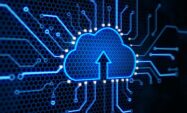
- SAP Data Migration
 Premium
Premium
Tackling Data Migration Speed, Cost, and Quality with Syniti
Reading time: 5 mins
Many SAP customers are now prioritizing their data management as the end of maintenance deadline gets closer. As per the SAPinsider Data Management Strategies Research Report, organizations must balance short-term cost reductions with long-term investments in data management solutions. Though these companies feel pressure to reduce costs, it is vital that they do not skimp…
-

Best Practices for an Effective Migration to SAP BusinessObjects Design Studio
Reading time: 15 mins
Business intelligence and big data analytics tools are critical components to support an innovative and competitive organization. SAP BusinessObjects Design Studio was first introduced in 2013 as the successor to SAP BusinessObjects Dashboards (formerly Xcelsius) and is just beginning to make traction in the dashboard space. SAP is focusing its development resources on SAP BusinessObjects...…
-
-

- SAP S/4HANA Implementation
 Premium
Premium
Digitalization Is the Key to SAP Modernization
Reading time: 9 mins
Business leaders are no doubt excited about the opportunities presented by a move to the cloud. However, many will still have reservations about such an involved overhaul. They may wonder what will become of their data and processes and have security concerns regarding their SAP landscapes. In this article, you will learn how the key…
-

- SAP S/4HANA Implementation
 Premium
Premium
Die Digitalisierung ist der Schlüssel zur SAP-Modernisierung
Reading time: 9 mins
Die Umstellung auf die Cloud ist vielleicht das wichtigste Thema in der aktuellen Unternehmenslandschaft. Die meisten Unternehmensleiter haben zumindest eine digitale Transformation in Erwägung gezogen – wenn sie nicht bereits im Gange ist. Diejenigen, die in der Technologiebranche tätig sind, haben zweifellos schon von den Vorteilen gehört, die ein Wechsel zu SAP S/4HANA mit sich…
-
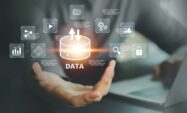
Facing Today’s ERP and Cloud Challenges
Reading time: 7 mins
The landscape for SAP customers has changed significantly over the past year. While there have been questions about the upcoming end-of-maintenance of core SAP Business Suite solutions and how and when to move to SAP S/4HANA, new concerns have been added to the equation. These include finding the right time to determine future ERP plans,…
Featured Insiders
-

Prathyusha Garimella
Senior Engineer at SAP America, Inc.
-

Ram Ranganathan
Deloitte
-

Nithyasree Balasubramanian
SAP Cloud Consultant, Deloitte
Become a Member
Unlimited access to thousands of resources for SAP-specific expertise that can only be found here.
Become a Partner
Access exclusive SAP insights, expert marketing strategies, and high-value services including research reports, webinars, and buyers' guides, all designed to boost your campaign ROI by up to 50% within the SAP ecosystem.
Upcoming Events
Related Vendors
Your request has been successfully sent
